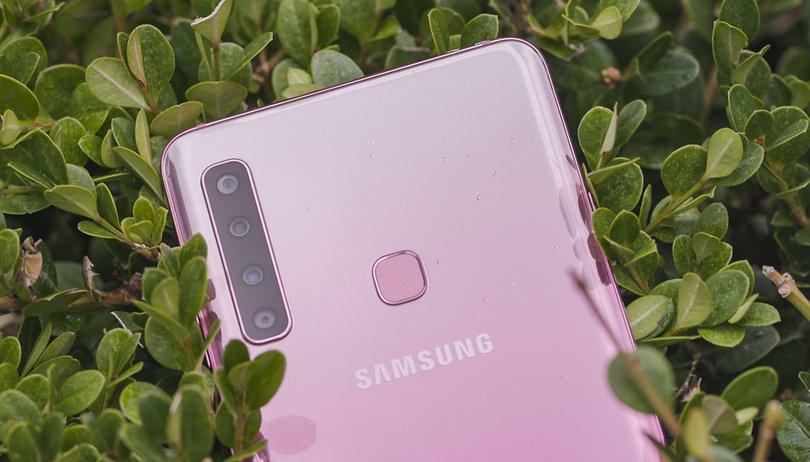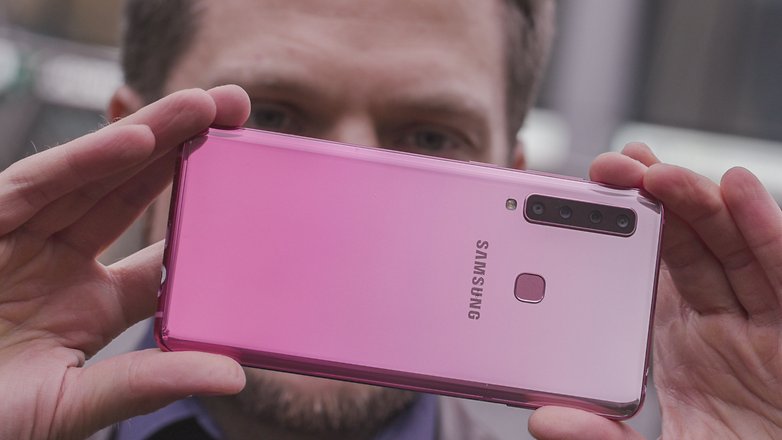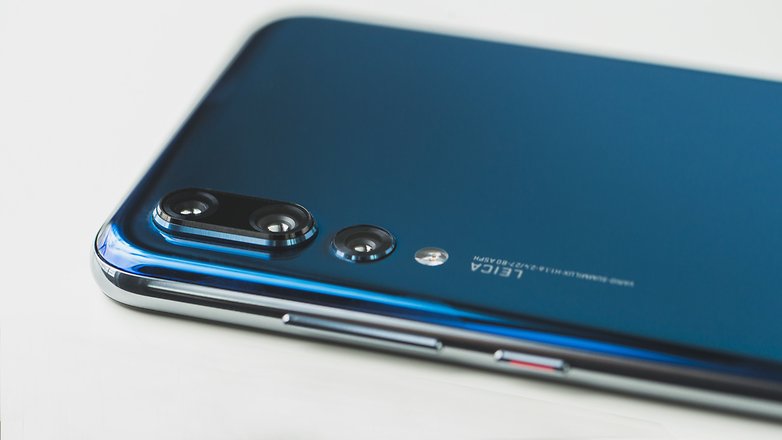Galaxy A9: more about Samsung's vanity than user needs


It is Samsung, this time, that's breaking records for cameras on the back. The new Galaxy A9 has four rear cameras aligned in a row, one below the other. A gimmick or something more? Well, the usefulness of the four lenses is yet to be proven but one thing is clear: the Galaxy A9 is Samsung's answer to Huawei, probably one of the biggest competitors of the South Korean giant.
A series focused on innovation
Samsung has devised a new strategy. Introducing the latest innovations, especially in terms of photography, is the Galaxy A series and not the Galaxy S or Notes, as was tradition. This seems like a user-friendly choice, because, let's face it - not everyone is interested in or can afford a high-end flagship. Some simply don't need such a smartphone and others do not want to invest over £700 ($900) or more in a new phone.

This where the Samsung Galaxy A9 steps in with its head held high, thanks to the innovative photographic additions: an 8MP ultra-wide-angle lens, a 10MP telephoto lens, a 24MP main lens and a 5MP lens for creating a bokeh effect. One underneath the other, in a row - creating a 'traffic light' look.
In addition to being the first smartphone in the world with four cameras on the body (there are 5 in total, similar to the recent LG V40 which, however, opts for different arrangement - 3 on the back and 2 in front), the A9 introduces a physical button for Bixby on the mid-range. Yet in this case, the camera is the real selling point and in my opinion, the attention-grabber, which the manufacturer is using to challenge Huawei. With the Galaxy A9 you get a unique smartphone thanks to its 4 cameras, at the price of £550 (around $720). You won't have to resort to a flagship.
Is the Galaxy A9 all that appealing?
Yet, is buying the Samsung Galaxy A9 for £550 really worth it? I have to be honest, it doesn't seem like such an alluring package to me. If you look at the top prices of the latest flagships (even the most recent Pixel 3/XL has exceeded £700/$800 and we expect the same for the Mate 20 Pro), the £550 price might seem acceptable. However, considering the overall package that Samsung delivers with the A9, the price is still on the expensive side. First, we have to see what the four cameras are capable of. The Snapdragon 660 will probably be able to handle most tasks on the Galaxy A9 without difficulty. It is also accompanied by 6GB of RAM (Samsung is actually doing better than Google on the new Pixel in this case) but for £550, Samsung could have at least integrated the Snapdragon 710.

Yes, the Galaxy A9 is the first of its kind in Europe - sporting a Qualcomm chip and the first smartphone with 4 main cameras, but do you really prefer it to the Galaxy S9 which is now available for around £700 ($720)? Would you buy it over the OnePlus 6, which you can get for £469 ($529)? There is also the new Galaxy A7 2018, which offers three cameras on the back (so there is a bit of innovation), does not have the physical button for Bixby but costs only £309 ($399).
The A9 is just Samsung flexing their muscles
In my opinion, the Samsung Galaxy A9 is a way for Samsung to shout at the top of their lungs "When it comes to innovation, there is not only Hauwei, we're here too." In the past couple of years, the Chinese manufacturer has done an excellent job by offering solid, innovative devices (albeit together with Honor), which always somehow succeed in undermining Samsung's leading position in various mobile markets.

In the meantime, Samsung has continued to create excellent devices. However, they are less striking and not cutting-edge by any means. Their current smartphones do not disappoint in terms of technical specs and performance - but they are just optimizations of the previous generations (referring to S9 and Note 9 in particular), rather than something new and exciting. The amazement evoked by Note 4, S6 Edge and Note Edge has vanished. And that's a shame because it's those emotions that strike at the hearts of users and shape brand loyalty.
The Galaxy A9, to me, is Samsung's attempt to surprise, as well as to demonstrate that the South Korean team is still at work, ready to stun us and to innovate. I don't doubt Samsung's ability to integrate 3, 4 or even 5 cameras on a phone: they have both the technology and the experience. And while having four cameras makes a device stand out temporarily, the overall smartphone package should be more interesting and ambitious. This is especially true in 2018 when brands such as Xiaomi and Honor are always fierce competition on the mid to low-end market. Don't you agree?












I rather Samsung put a notification indicator on the A series than 4 silly cameras. @Jacques Labuschagne is right, if I need the bells and whistles, I buy a real camera and not mobile device camera.
The problem I have with having so many cameras on your device is if you want better photo's than what a mobile device can take, buy a professional camera with a propper lense. And take proper photo's with that. I don't think a cellphone/mobile will be able to give you the zoom and quality a professional camera will be able to give you. Due to the small lenses on a mobile and batteries that won't last that long if you take lots of photo's with it the better it get.
The problem is, phone manufactures quit caring about what the customer wants a long time ago.